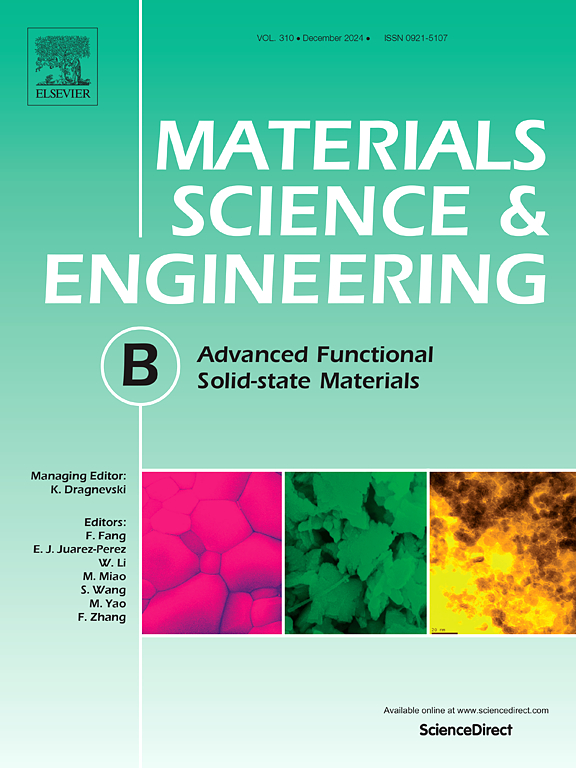Unveiling the optical and thermoelectric properties of topological AsO and SbO monolayers from the first principles study
IF 3.9
3区 材料科学
Q2 MATERIALS SCIENCE, MULTIDISCIPLINARY
引用次数: 0
Abstract
This study presents a comprehensive first-principles analysis of the structural, electrical, optical, topological, and thermoelectric characteristics of oxygen-functionalized arsenene and antimonene employing density functional theory (DFT). Incorporating spin orbit coupling (SOC) at the Γ high symmetry point, AsO and SbO exhibit direct band gaps of 82 meV and 110 meV, respectively. The opening of these band gaps enhances their suitability for advanced high-performance nanoelectronic devices. Notably, both materials maintain the Dirac cone-like electronic structure indicating a transition to a topological insulator phase, characterized by the broken spatial inversion symmetry and a nontrivial topological invariant Z2 = 1. The optical analysis reveals ultraviolet absorption and reflectivity within the infrared and ultraviolet regions. Furthermore, the thermoelectric properties of these monolayers are found to be predominantly isotropic, with high figure of merit (zT) values of 1.26 and 1.84 at 300 K for the AsO and SbO monolayers, respectively, under light electron doping. These findings highlight the exceptional optical and thermoelectric performance of oxygen-functionalized arsenene and antimonene, underscoring their significant promise for future applications in optoelectronic and thermoelectric technologies.

求助全文
约1分钟内获得全文
求助全文
来源期刊

Materials Science and Engineering: B
工程技术-材料科学:综合
CiteScore
5.60
自引率
2.80%
发文量
481
审稿时长
3.5 months
期刊介绍:
The journal provides an international medium for the publication of theoretical and experimental studies and reviews related to the electronic, electrochemical, ionic, magnetic, optical, and biosensing properties of solid state materials in bulk, thin film and particulate forms. Papers dealing with synthesis, processing, characterization, structure, physical properties and computational aspects of nano-crystalline, crystalline, amorphous and glassy forms of ceramics, semiconductors, layered insertion compounds, low-dimensional compounds and systems, fast-ion conductors, polymers and dielectrics are viewed as suitable for publication. Articles focused on nano-structured aspects of these advanced solid-state materials will also be considered suitable.
 求助内容:
求助内容: 应助结果提醒方式:
应助结果提醒方式:


